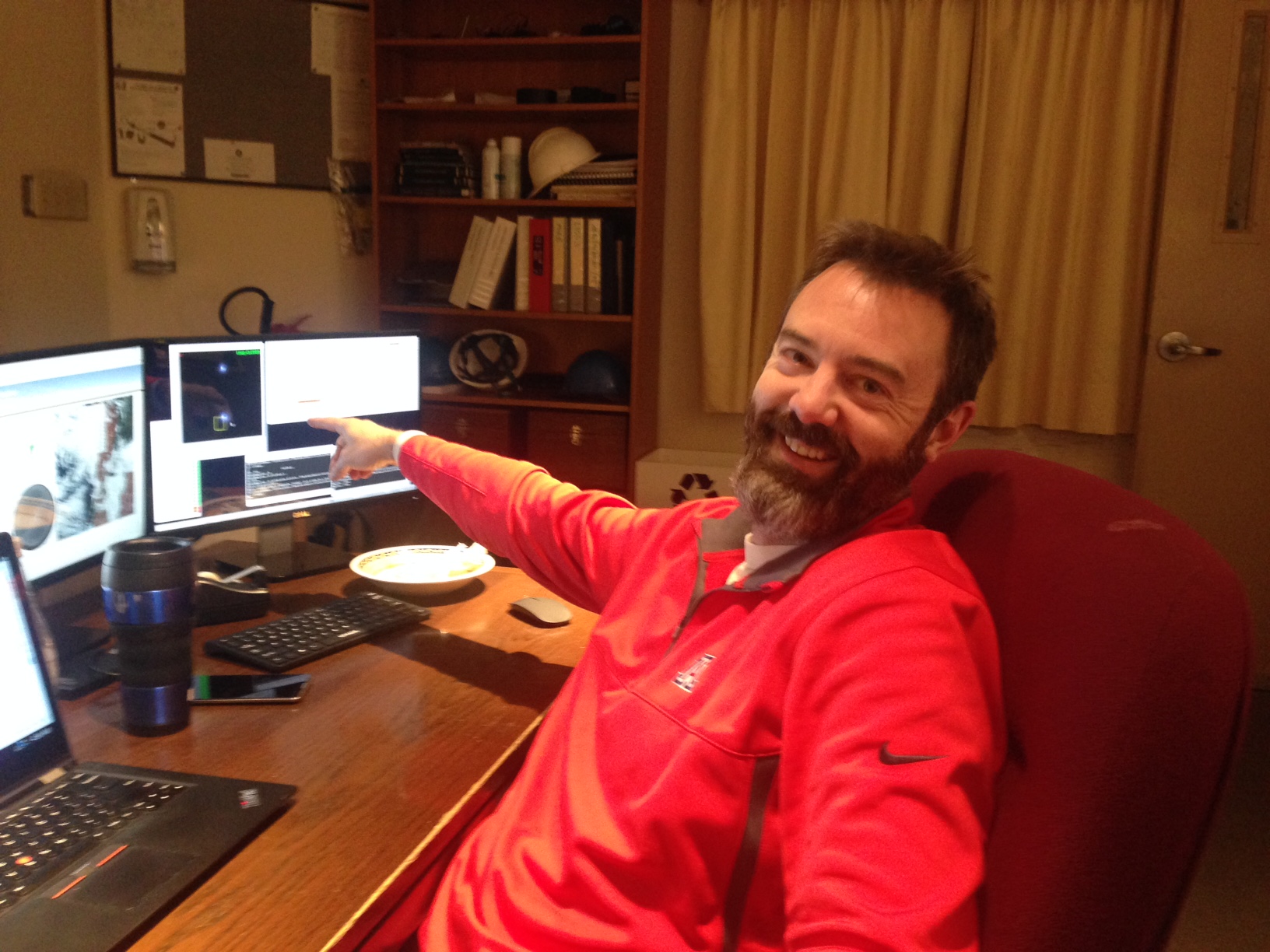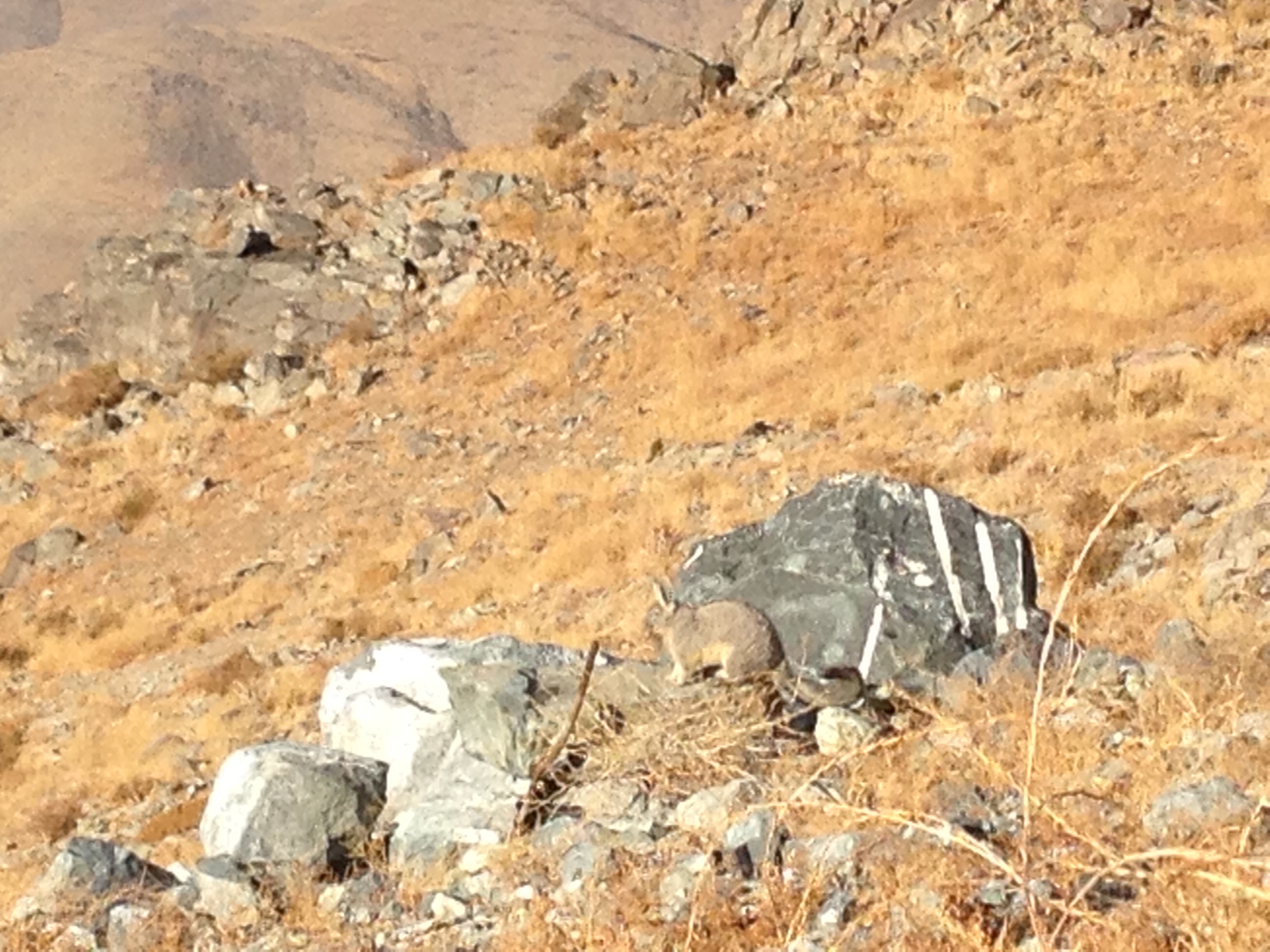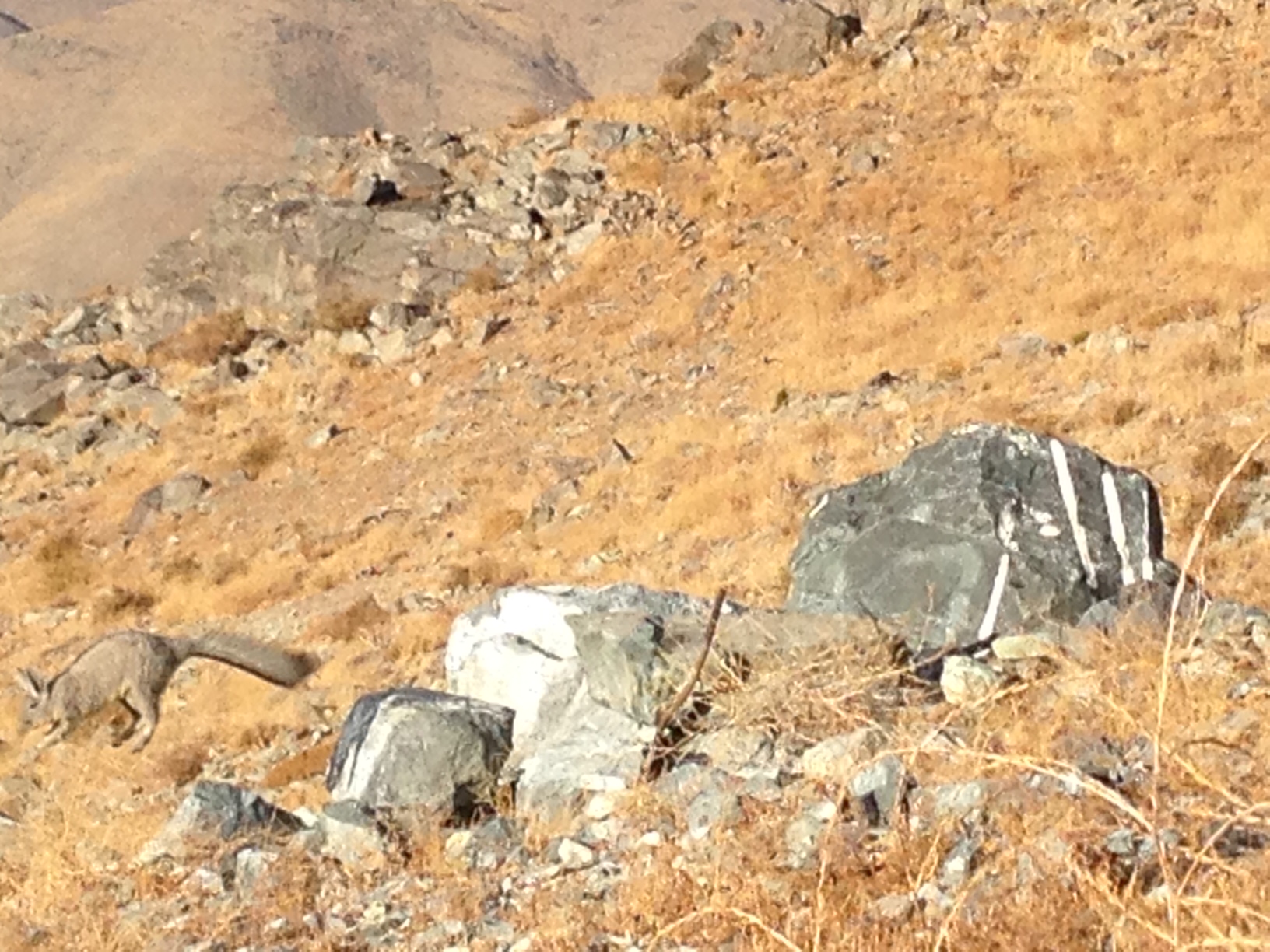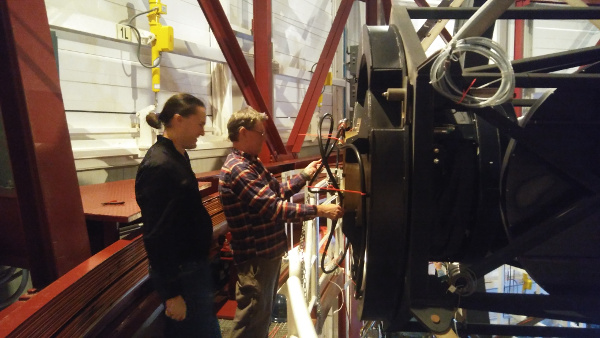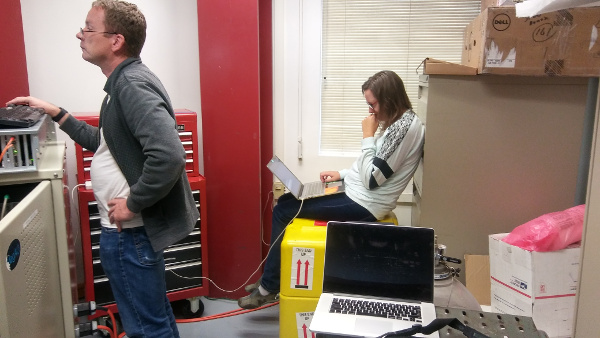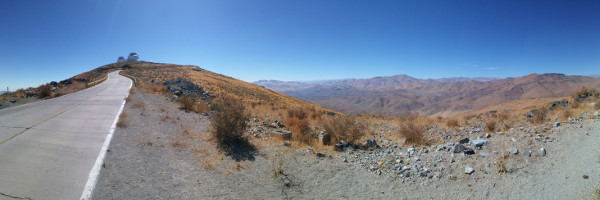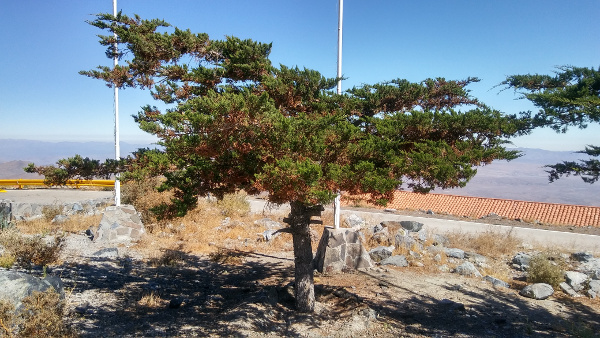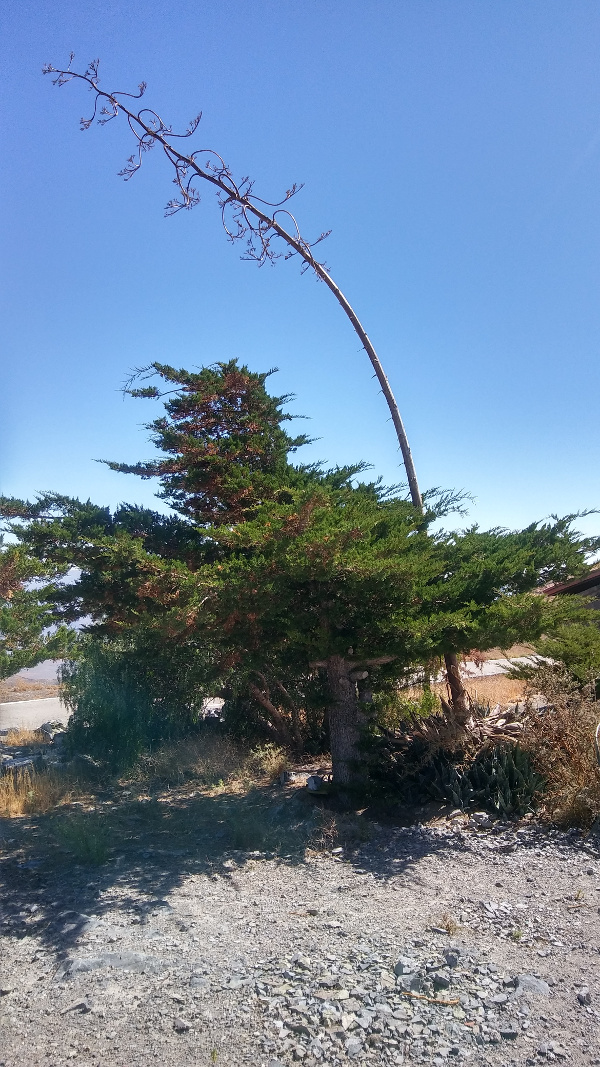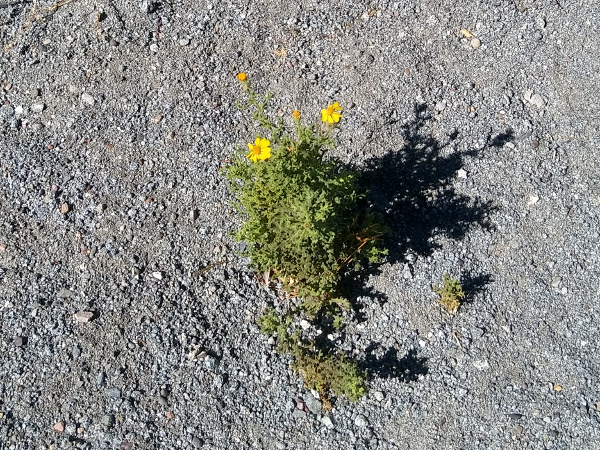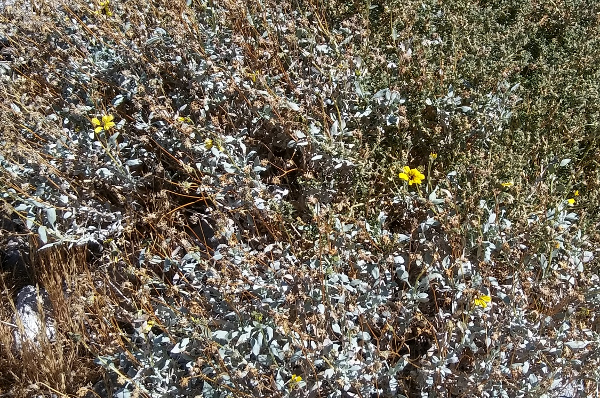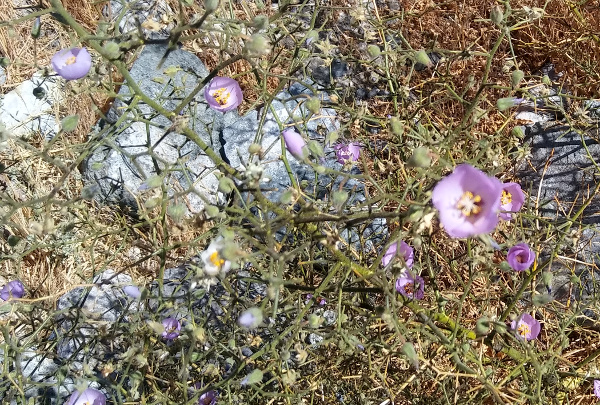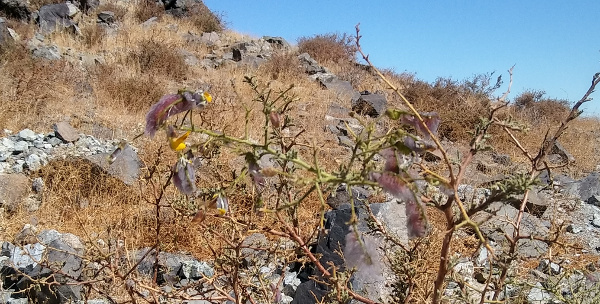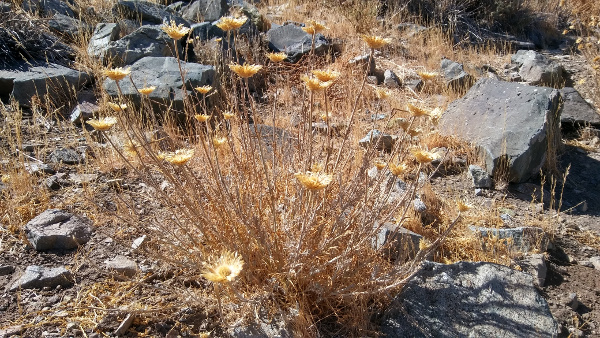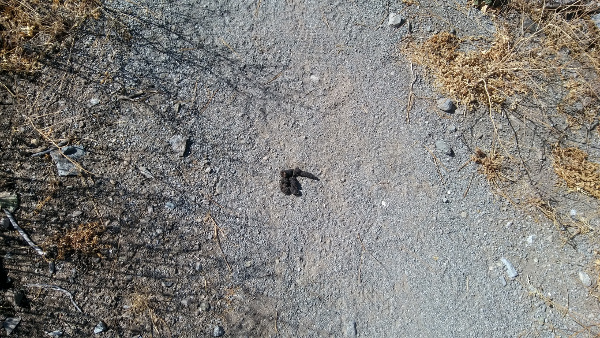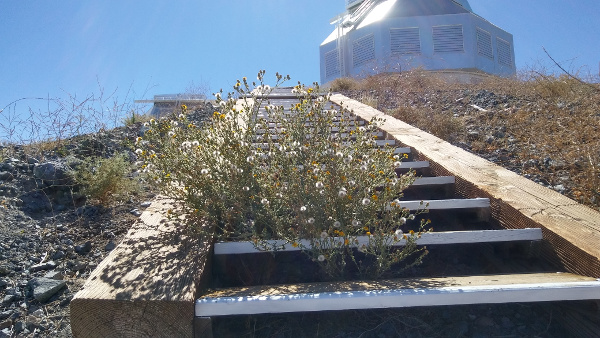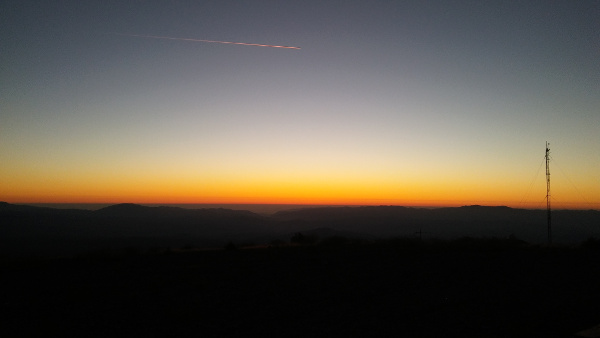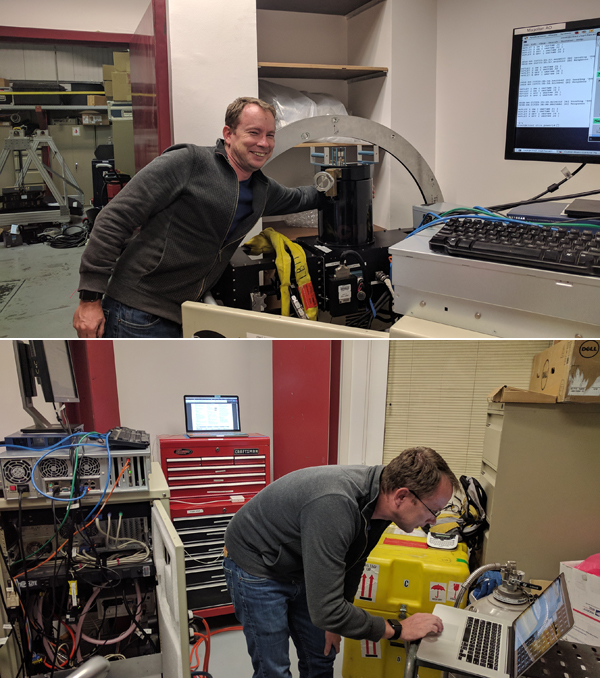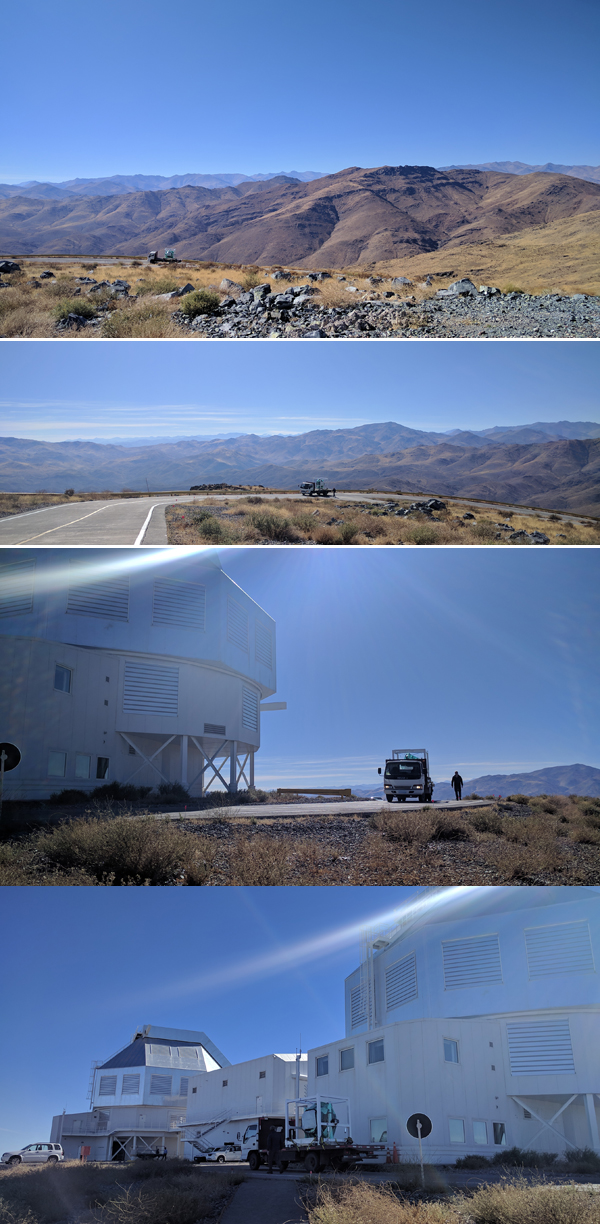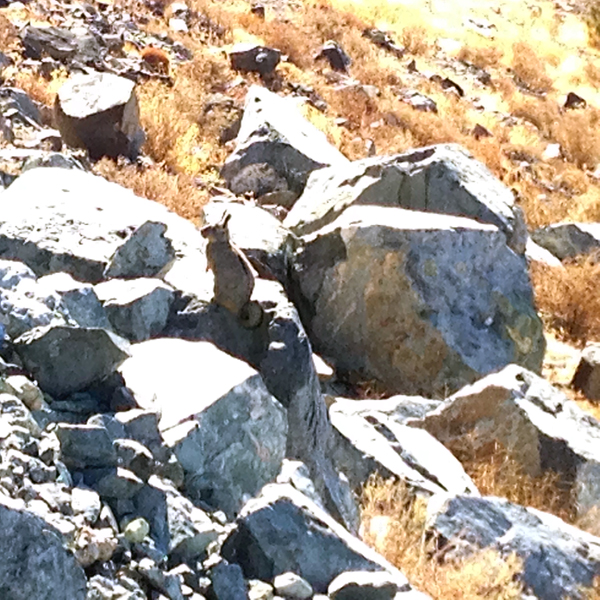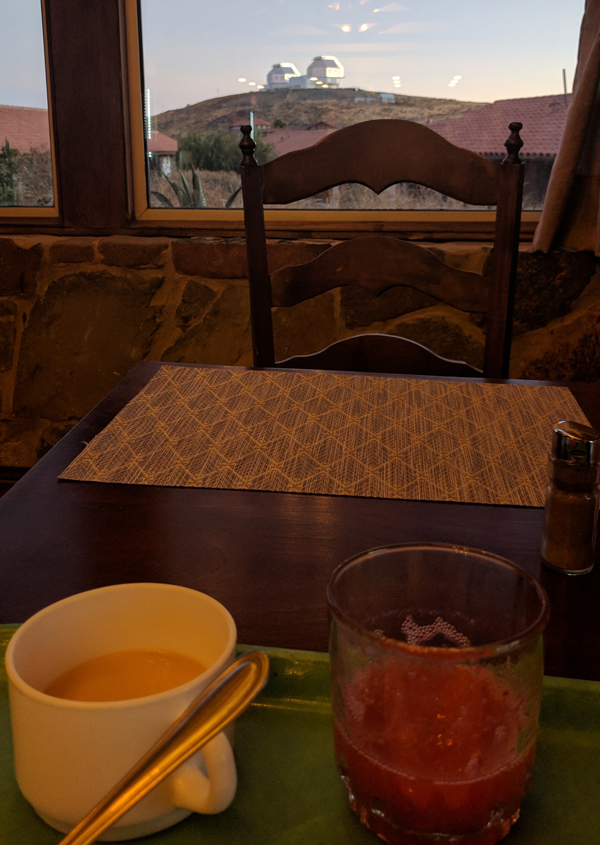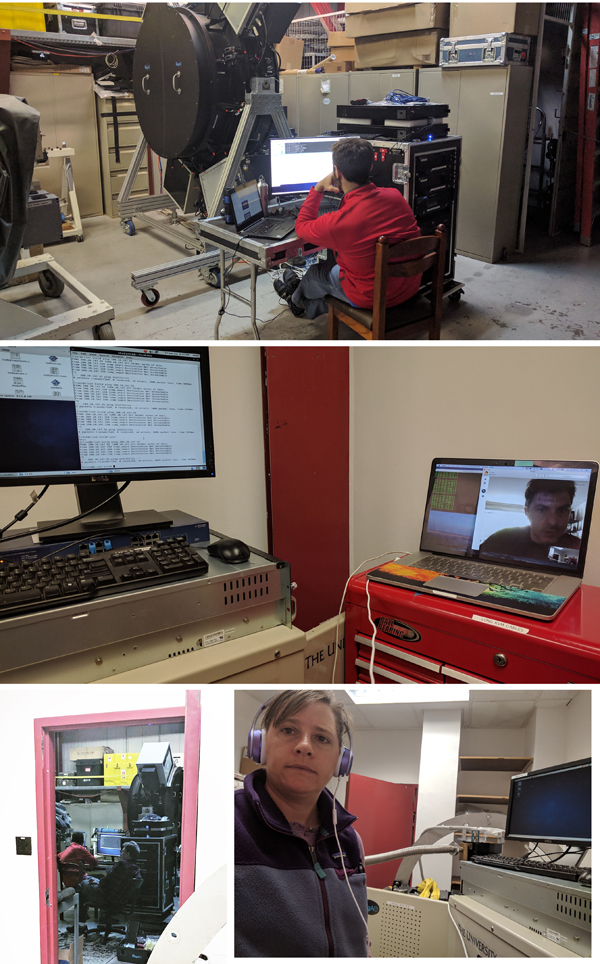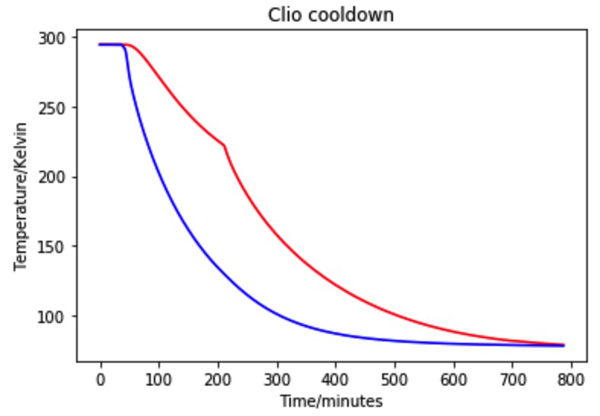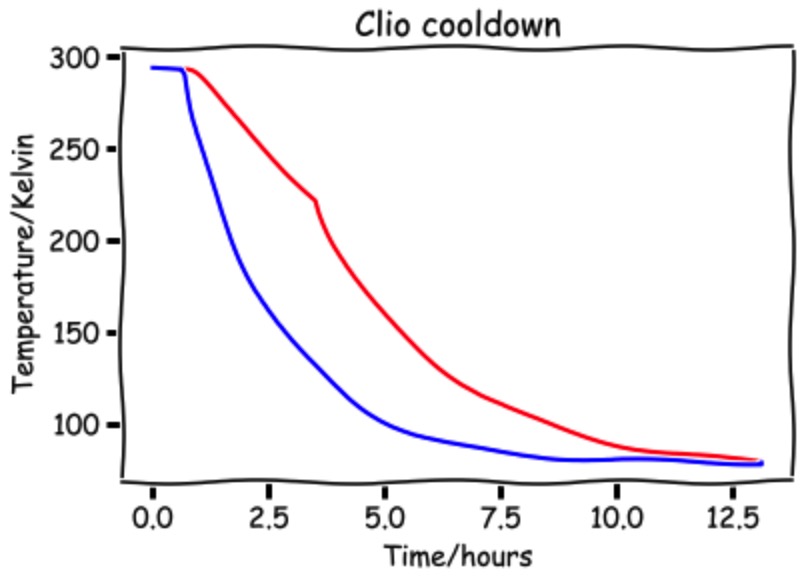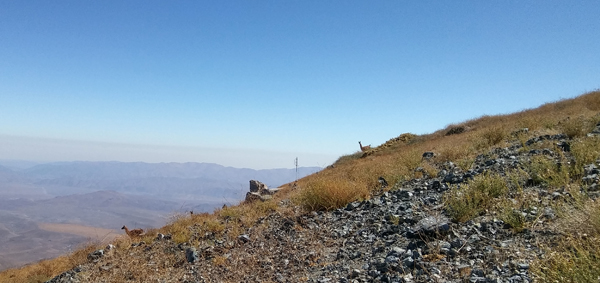Hi there, intrepid readers! I’m Andrew, a first year grad student at Arizona who’s been working with Laird for the last few months. I had to miss the 2017B run because the timing was way too close to the start of my first semester (quite stressful enough already what with moving across the country, thank-you-very-much!) but you should expect I’ll be a regular fixture at these things going forward.
Phil headed back to Tucson first thing this morning, totally exhausted off a full night of Clio troubleshooting. The rest of us — finally getting adjusted to a night schedule — didn’t emerge until around dinnertime. The sight that greeted us was not exactly ideal.
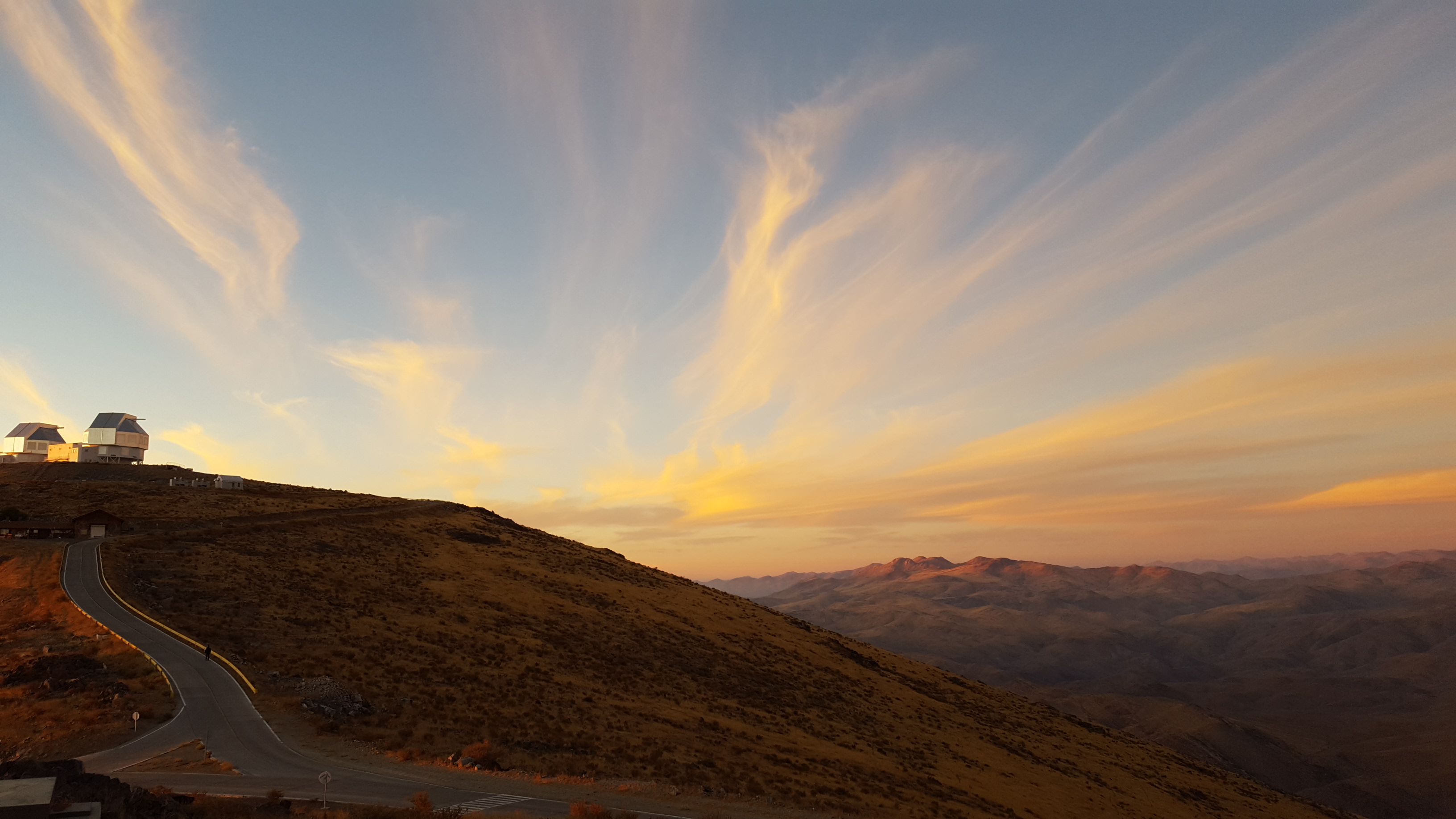
The forecast didn’t have any clouds in it days ago, but here we are on night two of a pretty crowded sky. Who ordered this?! I was told it’s never cloudy here! I’d like to speak to a manager!
Having said that, we started the night on a target very far to the south, and all the clouds were to the north, so we were able to get a very steady PSF on this target for several hours. An absolutely gorgeous dataset – I didn’t have the presence of mind to grab a screencap, but believe me it was very gratifying for my first science night. I got to take data with VisAO, and even got to babysit the AO loop for a little bit. (All of this was on the old computers. The new ones…well, let’s just say they’re having some teething pains still.)
And hey, look at that ASM go!
Katie and Paul were still hard at work trying to get Clio in fighting shape, and Katie insisted she needed photons, so we proceeded to look at Alpha Centauri again for a while. After this engineering time we went to grab our second science target…and promptly got completely clouded out. Long story short, there was much wailing and breaking of the AO loop for quite long time. We ended up sitting on a bright star all night so Katie could test between gaps in the clouds, but essentially the entire second half of the night was a loss observationally.
That said, it won’t surprise you that this was the view when we left the dome a few minutes ago:
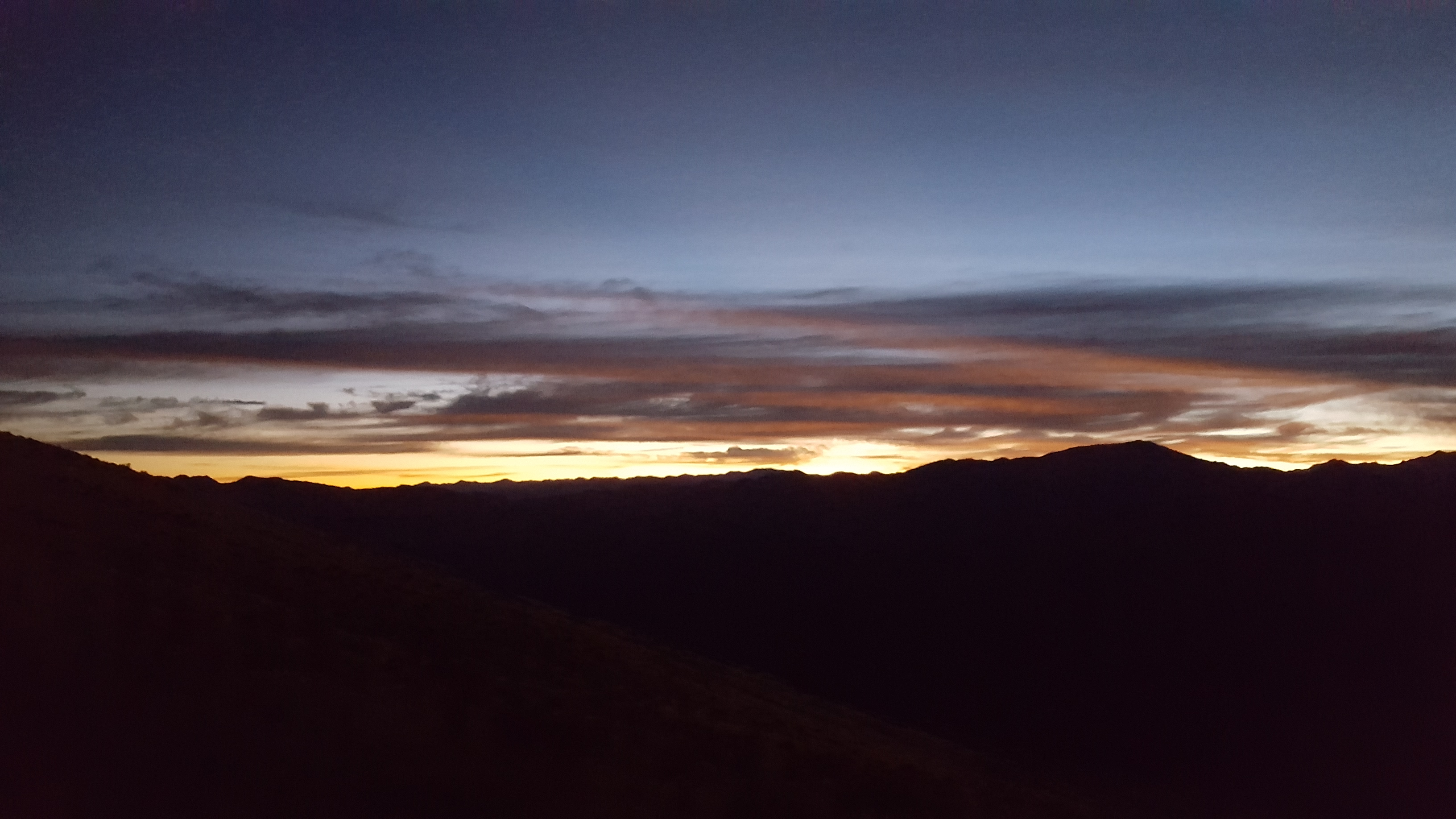
Laird and I had our eye on the Meteoblue forecast all night, and it seemed to have a pretty good handle on the cadence of the clouds. Unfortunately, here’s what it’s predicting for tomorrow…
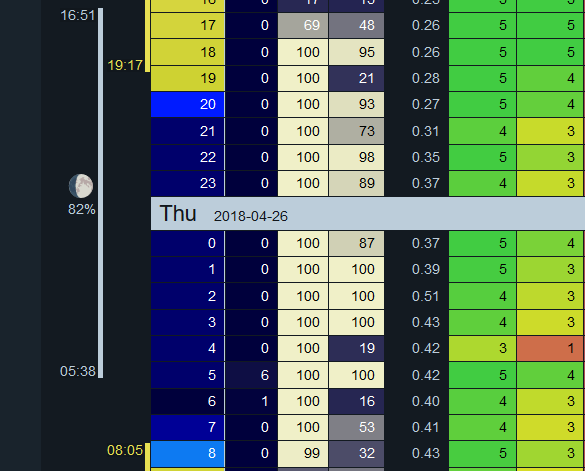
If this holds up, tomorrow might be a total bust for science observations. Of course, we’re all hoping that doesn’t happen. Tune in again, fearless viewer – same MagAO time, same MagAO channel – to find out! (I will be very disappointed if I get completely clouded out on my last night of my first run…)
Wrapping up is easy, wacky cover songs are totally my thing. Without further ado, my go-to example. A classic…
…and one of my favorite bands making something entirely unexpected out of it…

